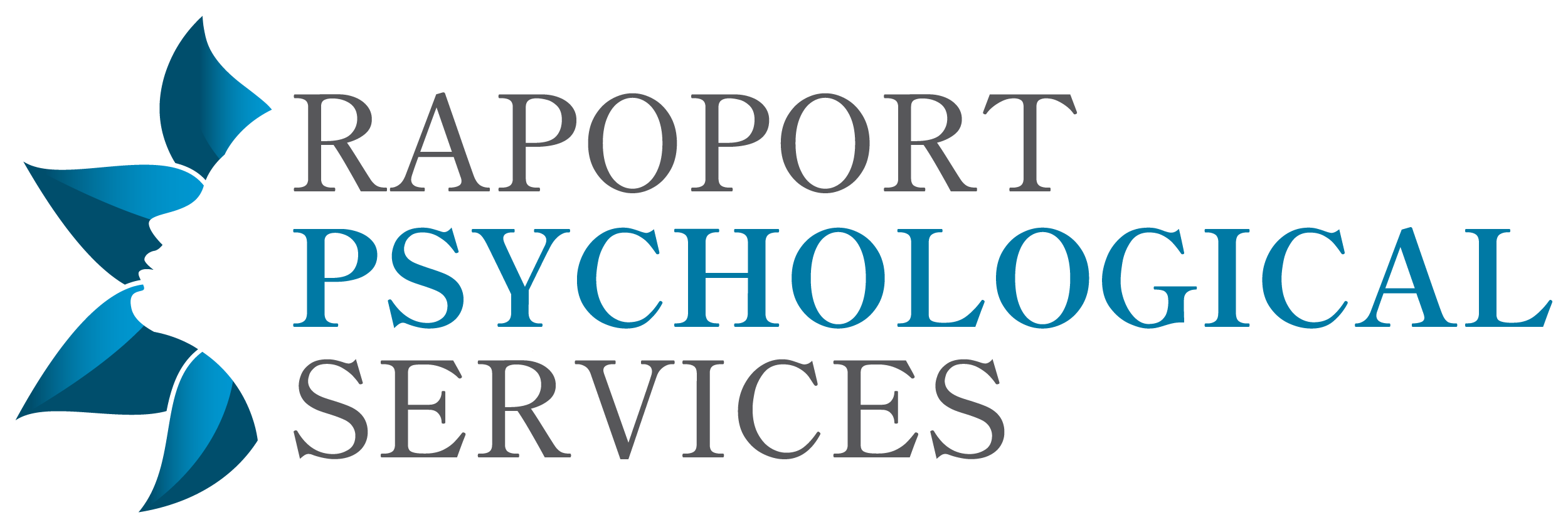The 4 Communication Styles That Shape Your Relationships, Leadership, and Results
Have you ever walked away from a conversation thinking:
“Why did I say yes when I meant no?”
“Did they even hear what I just said?”
“Why do I keep explaining myself over and over?”
If so, you’re not alone. And you’re not doing it wrong.
The truth is, most women weren’t taught how to communicate clearly. We were taught to be nice. To not ruffle feathers. To keep the peace—even at the cost of our own clarity, needs, and boundaries.
We receive both explicit and implicit reinforcement for being easygoing, agreeable, and accommodating. But over time, that leads to burnout, resentment, and feeling invisible.
Here’s the shift:
You don’t have to be louder to be heard. You just need to be clearer.
And that starts with understanding how you usually communicate—and where it’s working against you.
There are four main communication styles. Most of us bounce between them depending on who we’re talking to—but we usually have one default.
Let’s break them down:
1. The Hesitant Communicator (Passive)
This style sounds unsure of themselves. It sounds like “just wondering,” “kind of,” “maybe if it’s not too much trouble.” This approach often gets overlooked or dismissed—not because you’re not smart or capable—but because the delivery is uncertain and too gentle.
2. The Bulldozer (Aggressive)
This is the all-in, force-it-through style. Direct, yes. But also rigid, impatient, and reactive. It may get short-term results, but often damages relationships in the process.
“This is what’s happening. Period.”
3. The Silent Resister (Passive-Aggressive)
This style agrees in the moment but resists quietly (or sometimes not so quietly) afterward. You might say yes to avoid discomfort, then procrastinate, withdraw, or vent behind the scenes. It’s a survival strategy for protection—but not one that creates trust or progress both in yourself or others.
4. The Clear Communicator (Assertive) This is the goal, the communication sweet spot.
She knows what she wants, says it directly, and respects both her own boundaries and the other person’s. No guessing, no guilt, no games. She is collaborative but not compliant.
And no—you don’t have to be a “certain kind of person” to communicate like this. It’s a skill. And you can learn it.
Here are three tools I teach my clients (and use every day myself):
The Power Statement
Use this when you need to make a request or set a limit. Start with “I need” or “I believe,” say your point in one sentence, and end with a clear ask or timeline.
Example: “I need two hours of quiet time to finish this proposal. Can you handle dinner pickup tonight?”
The Response Framework
This is your go-to when there’s conflict or pushback. Acknowledge their point → Share your truth → Suggest a next step.
Example: “I hear you’re feeling stressed about the timeline. I still think we need to slow this down. Let’s talk tomorrow and look at options.”
The Boundary Script
This one’s for saying no—without over-explaining or feeling guilty. Appreciate the request → State your limit → Offer what (if anything) you can do.
Example: “Thanks so much for thinking of me. I can’t take that on right now, but I’d be happy to review it when it’s further along.”
These are simple shifts—but powerful ones.
They help you stop sugar-coating, avoiding, or second-guessing. They help you show up grounded, confident, and real.
And if you want support while you practice, I’ve got you.
I created a free Clear Communication Cheat Sheet with all of these tools spelled out, plus examples you can use right away. It’s inside my Facebook group, Women Who Rise—and it’s yours when you join.
Click here to join the group
And if you’re ready to really build this skill—to show up more powerfully in your business, career, and relationships—I’d love to work with you inside my coaching program. You don’t have to figure this out alone.
Click here to learn more
You deserve to be heard. And you don’t have to shout to make that happen.
